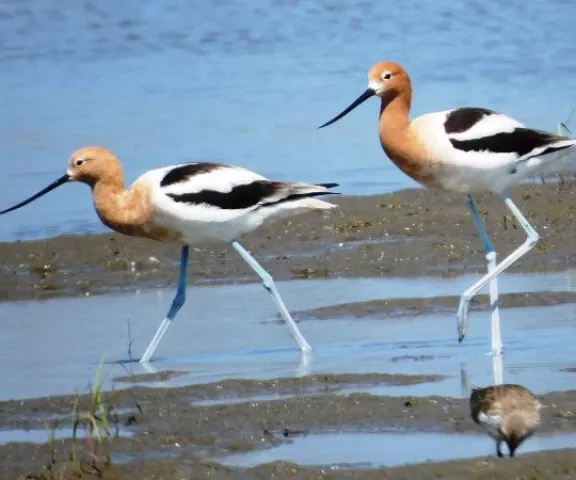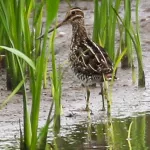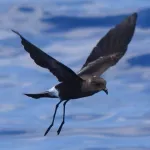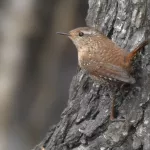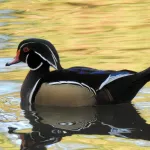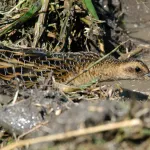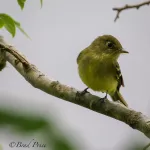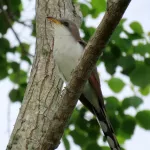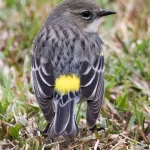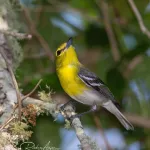Storm-battered Elmer’s Island has been recently restored and is managed as a Wildlife Refuge. Bird habitats here include the nearshore waters of the Gulf of Mexico, salt marsh, coastal dunes, and beaches. The refuge property includes a tidal zone, natural and restored dunes, and an expanse of open area leading to a back bay, surrounded by mangrove and saltwater marsh habitat. Cherished by local birders, Elmer’s Island boasts a checklist totaling 215 species.
Topping the list are waterfowl, shorebirds, and seabirds. Twenty-two species of ducks and geese have been recorded here – including both puddle ducks and divers. Thirty-six shorebird species have been recorded here, including some real doozies! And recorded seabird species total 22–again, including some of Louisiana’s rarest species.
Marsh, back bay, and mangrove swamp habitats support 15 wading bird species, and the whole complex is patrolled by a rotating cast of 13 species of raptors. Nine flycatcher species have been recorded from utility lines and shrub tops.
During spring and fall migration, songbird numbers soar here in the dunes and mangrove swamps. These include five vireos, nine sparrows, and 22 species of warblers.
Please keep in mind that the site’s sand parking area is located within the tidal zone and may flood during unusually high tides. Access to the island is by foot traffic only. Also, access to certain areas may be roped off during Wilson’s Plover, Common Nighthawk, and Least Tern nesting season.
There are no amenities at this site other than a sand parking area at the end of Elmer’s Island entry road, and interpretive panels describing the restoration process, nesting bird species, etc. are located near the parking area.
No motorized vehicles are allowed past the parking area. The island is several miles long, and is accessed on foot by birders, beachcombers, fishermen, and nature photographers. Not handicapped-accessible.

